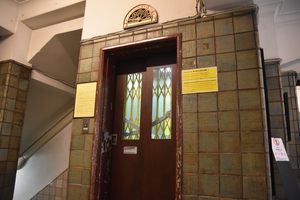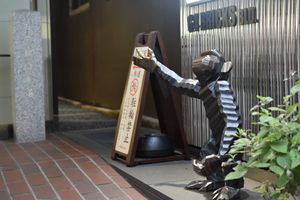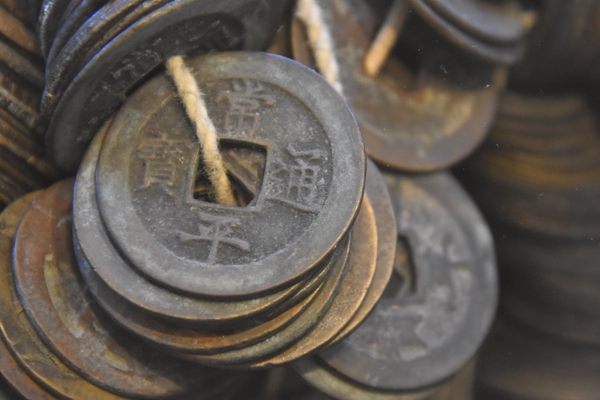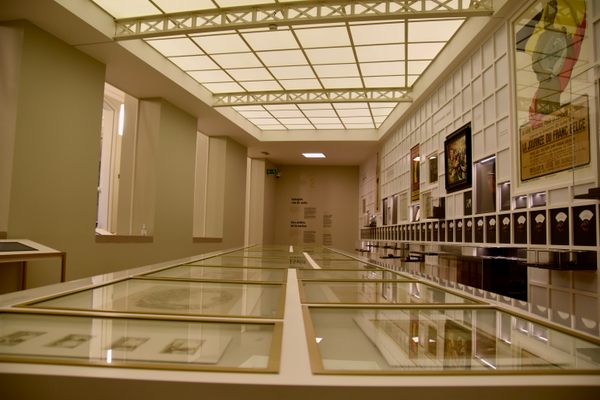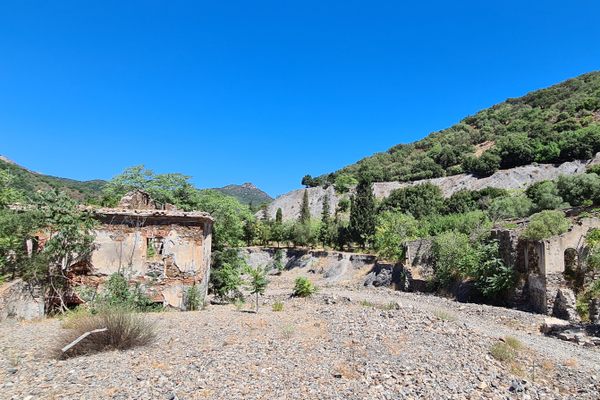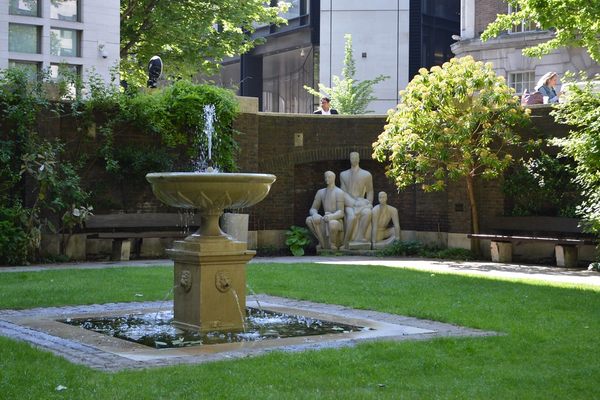About
Ginza is an upscale shopping district and one of the most popular areas in Tokyo, filled with department stores, boutiques, and restaurants. Interestingly enough, making money has been this area's forte since its creation.
Ginza derives from the Japanese word gin meaning “silver” and za, which literally means “seat.” In historical context, however, za was the name for trade guilds during the feudal period. Ginza became the common name given to districts that minted silver coins.
During the Edo period, numerous ginzas were established across Japan, but today’s Ginza was the most notable of them all. The district's original name was Shin-ryōga'e-machi ("New Moneychanging-town"), but the nickname Ginza stuck and became official after the mint closed in 1869.
Today, the only indication of Ginza's origin is a small stone monument standing in front of a Tiffany, where the mint office was located. Despite the mint being long gone, the district is still the place where money flows through Tokyo.
Related Tags
Know Before You Go
Also known as the Ginza Hasshō-no-chi no Kinen-hi or Monument of Ginza Birth Place. It is about a three minute walk from Ginza Station.
Hidden Japan: Sado Island, Nara & Kyoto
Explore a different side of Japan.
Book NowCommunity Contributors
Added By
Published
February 13, 2020






